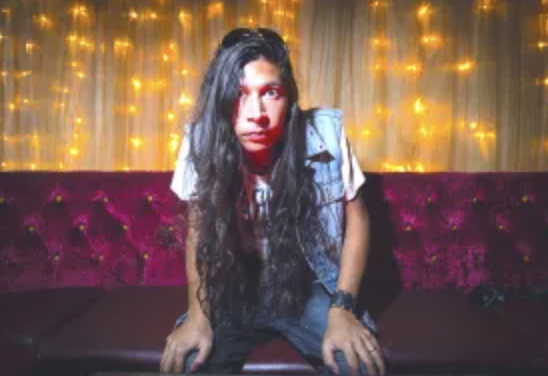Dream Theater's John Petrucci: my top 5 tips for guitarists
Prog's speediest player on honing your guitar sound
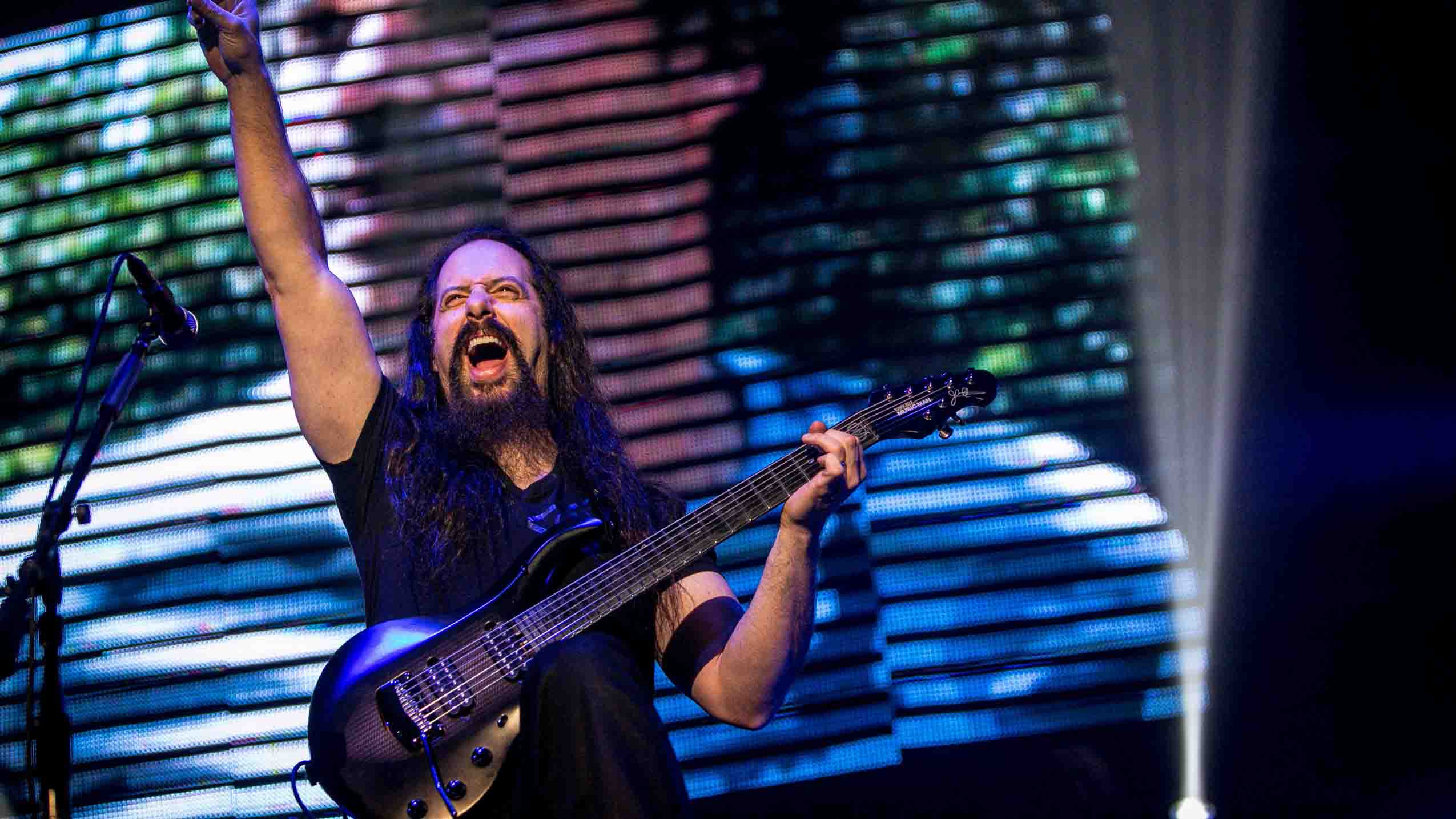
Introduction: always Astonishing
This February sees Dream Theater set up inside London’s historic, Grade II-listed Palladium for two nights of progressive metal majesty. They’ll be performing new album The Astonishing in its entirety – that’s all 34 tracks spanning over 130 minutes – and who knows, probably a whole lot more…
“We’re actually starting our world tour at the Palladium,” says guitarist John Petrucci. “So we’re going to be in London rehearsing, getting the last-minute touches right on everything. We’ve never played that venue before, so it’s going to be a great way to kick off our world tour!”
Any musician would have the right to feel it’s a lot of music to digest and execute perfectly in front of many thousands across the world. Even the guitarist that wrote it…
“It really is a lot of music – I’m kinda panicking at this point,” he laughs. “There’s a lot to remember; it’s pretty crazy, even for us.
“This album, and the last two years as a whole, has involved a lot of work, but each step has been really rewarding, it feels like it’s been worth putting into it. And I can’t wait for people to see the show itself, which has been in the planning for over a year!”
There’s a lot to remember; it’s pretty crazy, even for us
It certainly is a tall order, but let’s not forget – over three decades, this is a band that have built their very career on pushing their musicianship to its limits. Truth be told, the only ones that could truly outdo Dream Theater would be… well, Dream Theater themselves. Would it be fair to say this is the band's most ambitious project to date?
“I guess… it was two and a half years in the making,” admits Petrucci. “Starting with the decision of even whether to do another concept album after 15 or 16 years.
“So I began working on the story, which took a while to conjure up in all its various details, and from that I had something to base the music on. Then I started writing the music, sharing it with the guys, working on the vocals and lyrics, then having the orchestral arrangement done by David Campbell – it really was a big project to take on.
“But we’re really happy with how it came out – seeing it finally on the shelves has been pretty crazy!”
Here, John give us five secrets to his guitar style, which could prove useful for your own playing, too…
Don't Miss
Mesa/Boogie astonishes with JP-2C John Petrucci signature guitar amp head
Dream Theater's John Petrucci: my top 5 not-so-guilty pleasures of all time

1. Find your own sound
“One of the main things I look for in a guitarist is in the sound itself. I go for a certain sound, and I think it’s an important thing for making a player more identifiable in the big giant pool of musicians out there. You want a sound that people will recognise just as much as your playing. It’s something I’ve worked on through the many, many years!
“My sound is the result of listening to a lot of Rush and Metallica, because I kinda combined the two. I dial in this heavy Metallica crunch, which I’ve always used Mesa/Boogie amps to get… it’s a very thick, crunchy, percussive sound. I actually have a new signature Mesa head that’s just coming out called the JP-2C, which I’m really excited about.
“Then, as for the Rush influence, it’s using the big extended chords with added 9ths and open strings, with some chorus on there. Combine the two and I think you get what is my sound, or at least the sound I identify with!”
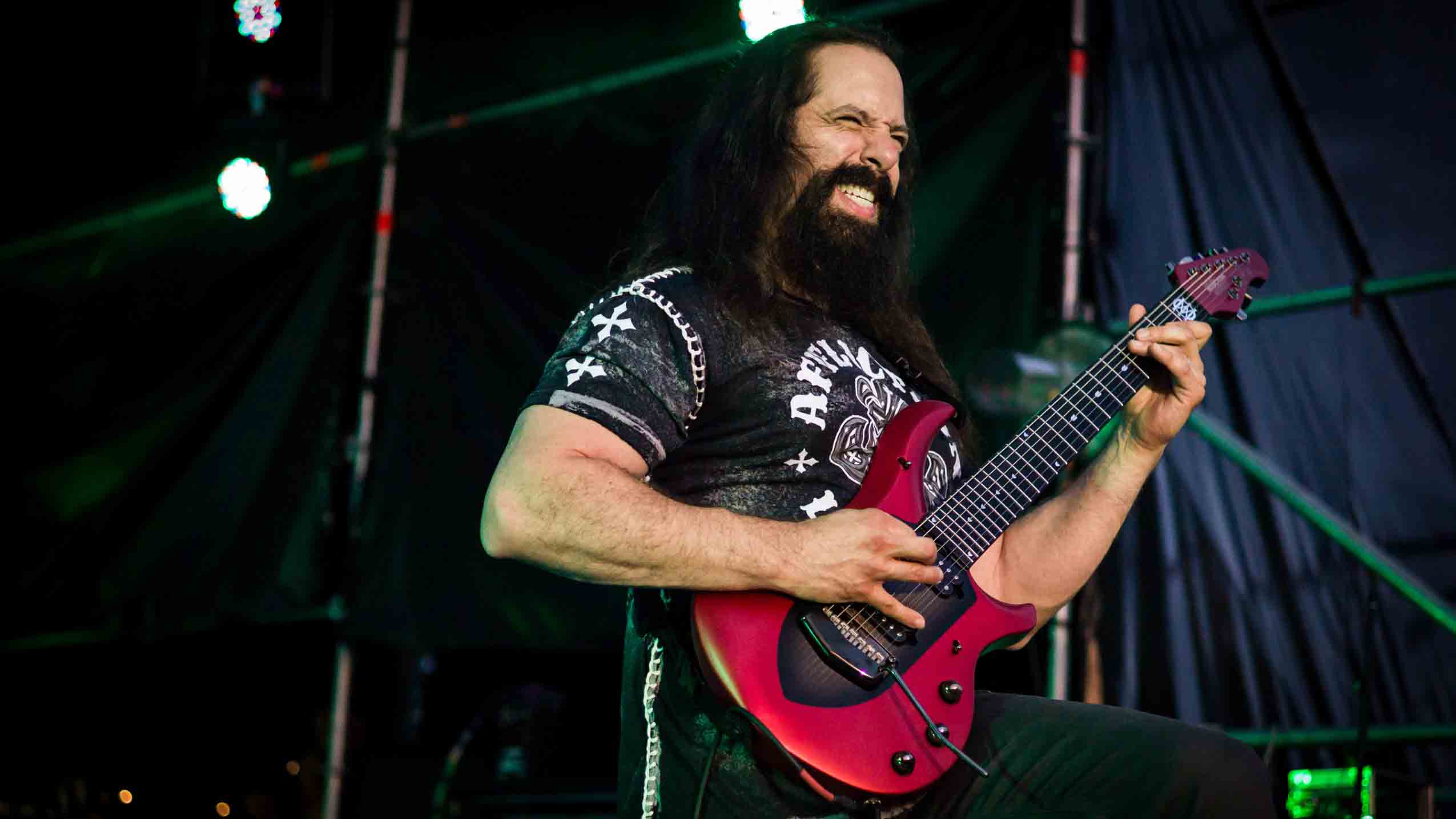
2. Remember you'll be playing more rhythm than leads
“One very important side of my playing lies in rhythm; I have a very percussive style. It’s one I’ve developed with Dream Theater over the years, and requires the guitar to be very locked into the rhythm of the drums… way more than what would normally entail.
“There’s a very tight approach: I mute a lot of the lower notes and play as in sync with the kick and snare patterns as I can.
“That’s what makes it an identifiable sound, plus it makes us sound that much more tight as a unit. That Boogie tight crunch makes it feel like the guitar is almost driving the band.
“I’ve always looked at it this way… when think about doing a full show, you’ll be playing rhythm guitar for at least 90% of the night, maybe even more! Having the stamina and right-hand control to attain an aggressive, tight and distorted tone is a very big part of it.”

3. Controlling your guitar is an art in itself
“The guitar is a funny instrument because you have bendable strings and distortion – there’s a potential for noise. It is more exposing.
“Actually controlling the instrument, using proper vibrato, bending notes in tune, not fretting too hard, controlling the noise is a skill in itself that takes many years. It might come naturally to some people, but for most it’s something you really have to work on.
“And every great guitar player has mastered the ability to tame an instrument that can very easily sound horrible! So many things can go wrong: the guitar could be out of tune, bent sharp or flat, you name it… the ability to control all of that is incredibly important.”
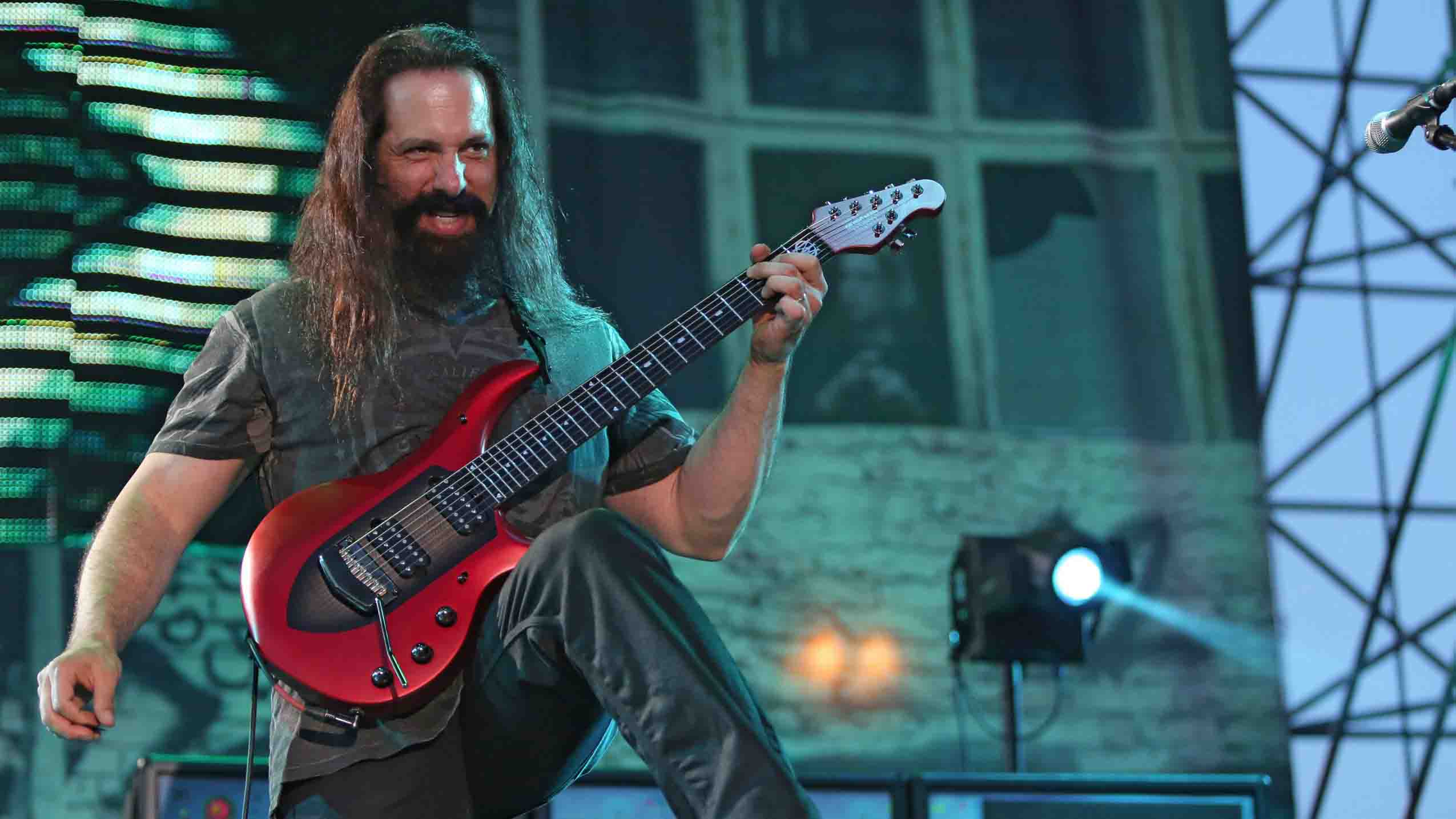
4. Be musical rather than technical
“I’ve always employed a melodic style with my leads, placing strong emphasis on infusing romantic sensibilities into what I’m trying to say. Those big, epic melodies come from influences like Pink Floyd, Journey, Marillion… bands that have these guitar parts that are just soaring!
“The melodic aspect is so important, and is something I think players lose sight of when they get caught up in all the technicalities. Some of the most emotive playing will come through how you squeeze out a melody. Of course, I can’t forget Joe Satriani: his whole thing comes from his guitar being his instrumental voice… he’s the master of that.
“To get that big soaring sound, I must admit, I’m a sucker for delay. It’s a big part of my tone, this stereo left/right delay that’s been offset by a dotted-eighth rhythm or one side could be 600 milliseconds and the other might be 300. Whenever you hear me solo, you’re gonna hear that delay sound!
“What it does for me is create air on each side and give me a very comfortable and warm place to saddle in… I love it. And it’s become very consistent for me across the years; nowadays I’m like, ‘Don’t leave home without it!’”
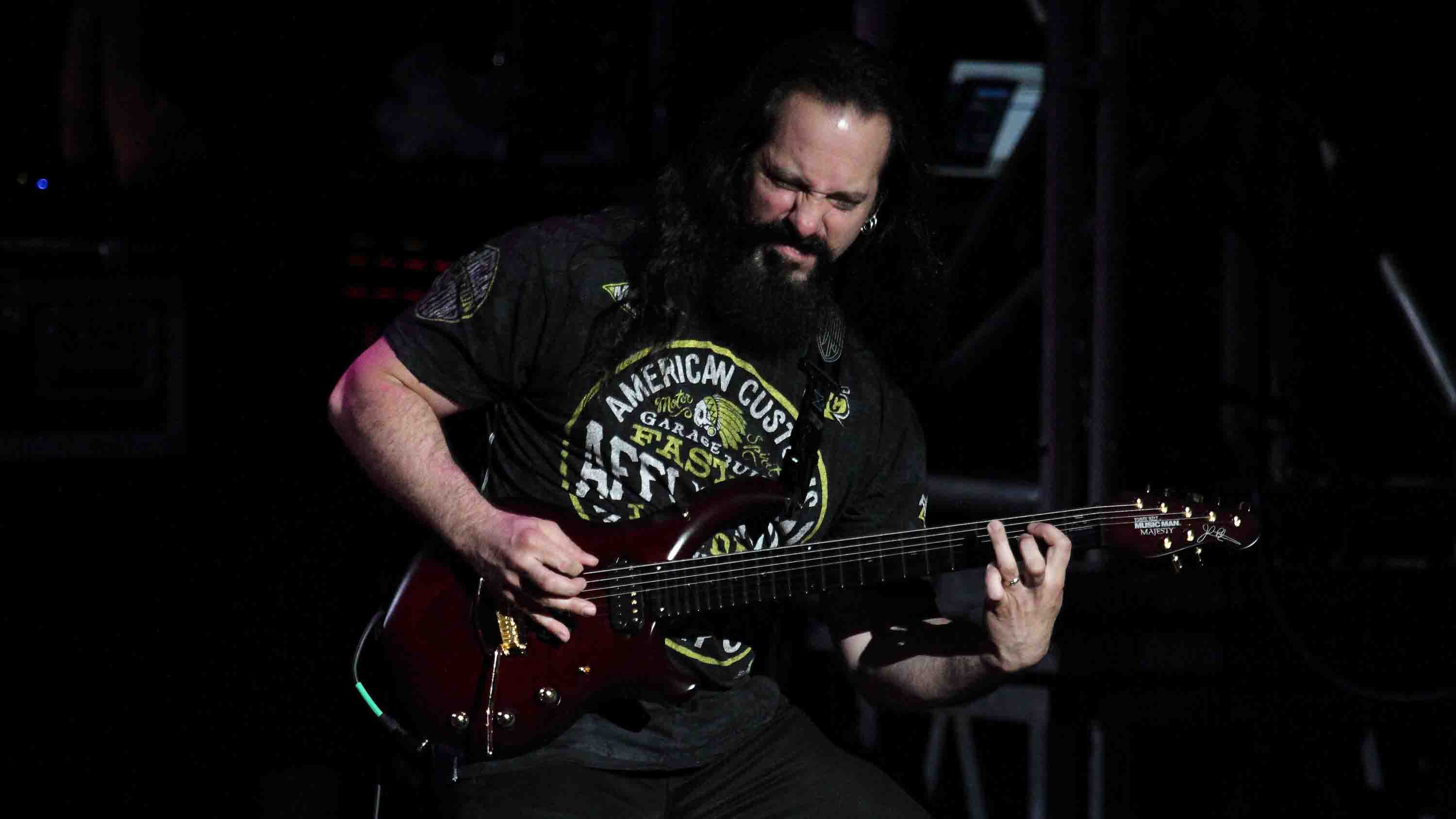
5. Be accurate but don't forget to experiment
“For many years, the speed or technical part of playing – trying to play things fast, precise and clean – has been a goal of mine. Some people call it shred, whatever you want to call it, but executing arpeggios in a very clean, musical way has been an important part of my style. In order to develop that, I used a metronome and alternate-picking technique similar to Steve Morse or Al Di Meola.
“I also found as the years went by that I was employing different techniques, and soon realised if certain things were not getting the desired effect, I could use a different method or approach to say what I needed.
“From sweeping to legato to hybrid and alternate picking, I find when you mix them all up, it makes for a really interesting sound. In the past five years, it feels like I’ve been having more fun in that sense. You can hear it in the solos, I think.”
Don't Miss
Mesa/Boogie astonishes with JP-2C John Petrucci signature guitar amp head
Dream Theater's John Petrucci: my top 5 not-so-guilty pleasures of all time
Amit has been writing for titles like Total Guitar, MusicRadar and Guitar World for over a decade and counts Richie Kotzen, Guthrie Govan and Jeff Beck among his primary influences. He's interviewed everyone from Ozzy Osbourne and Lemmy to Slash and Jimmy Page, and once even traded solos with a member of Slayer on a track released internationally. As a session guitarist, he's played alongside members of Judas Priest and Uriah Heep in London ensemble Metalworks, as well as handling lead guitars for legends like Glen Matlock (Sex Pistols, The Faces) and Stu Hamm (Steve Vai, Joe Satriani, G3).
